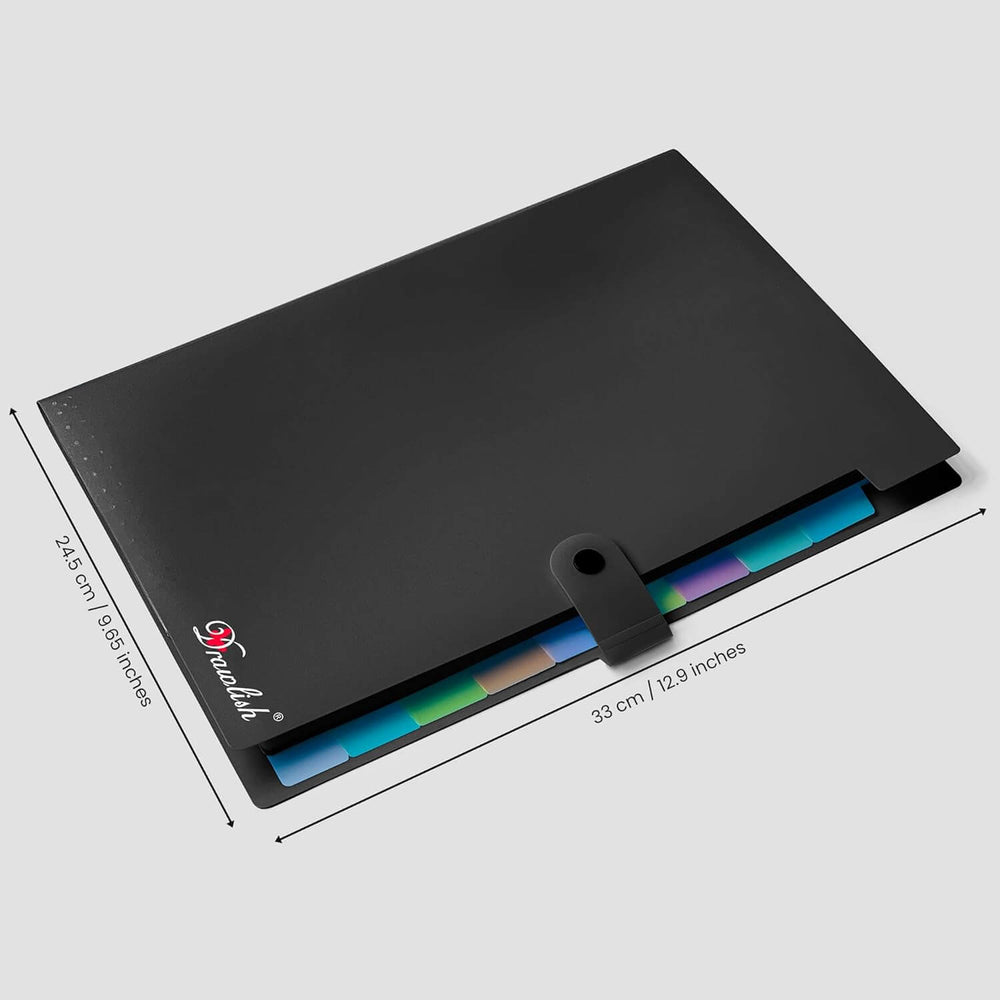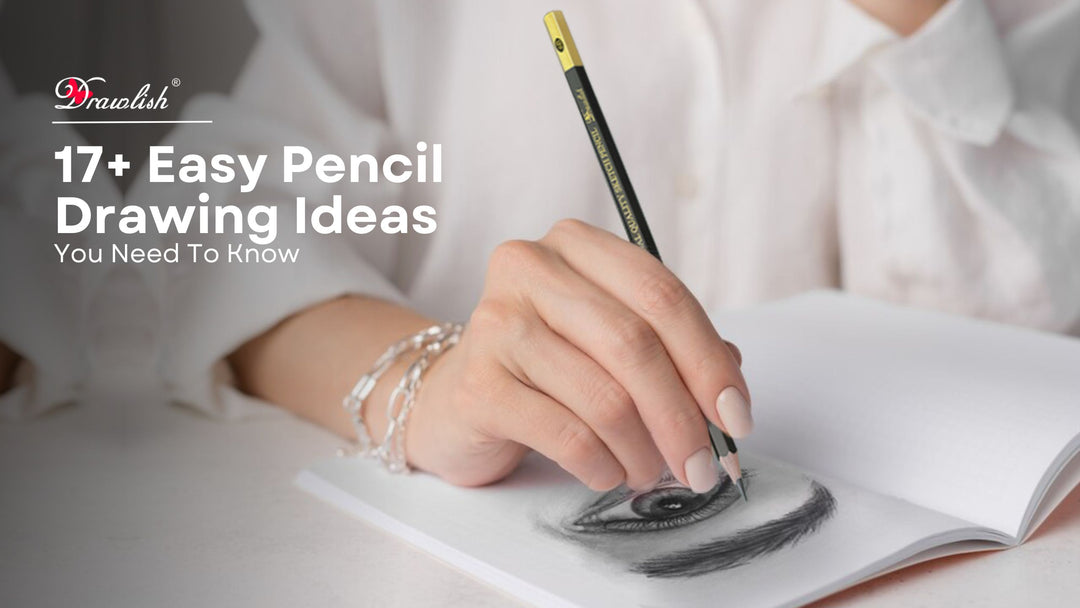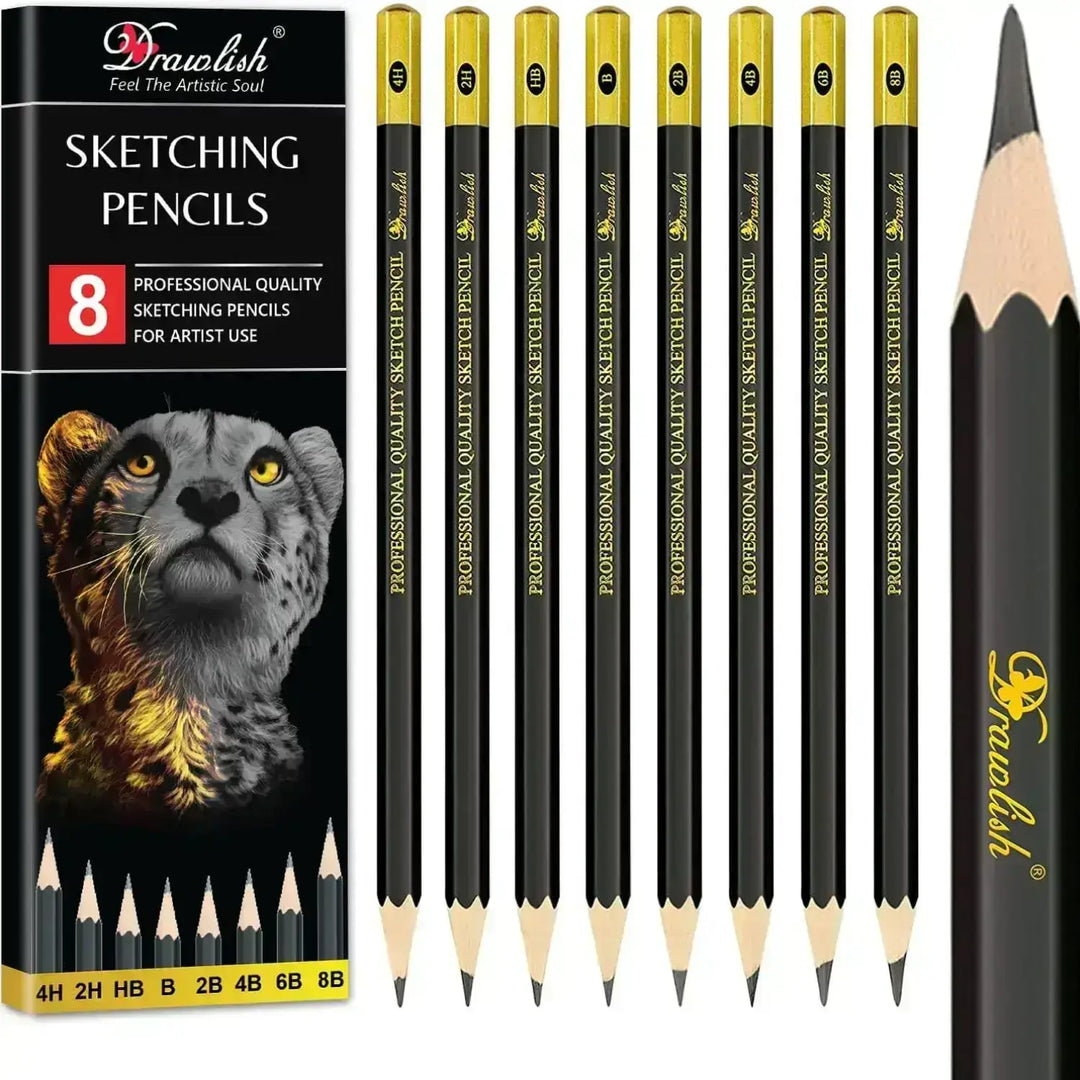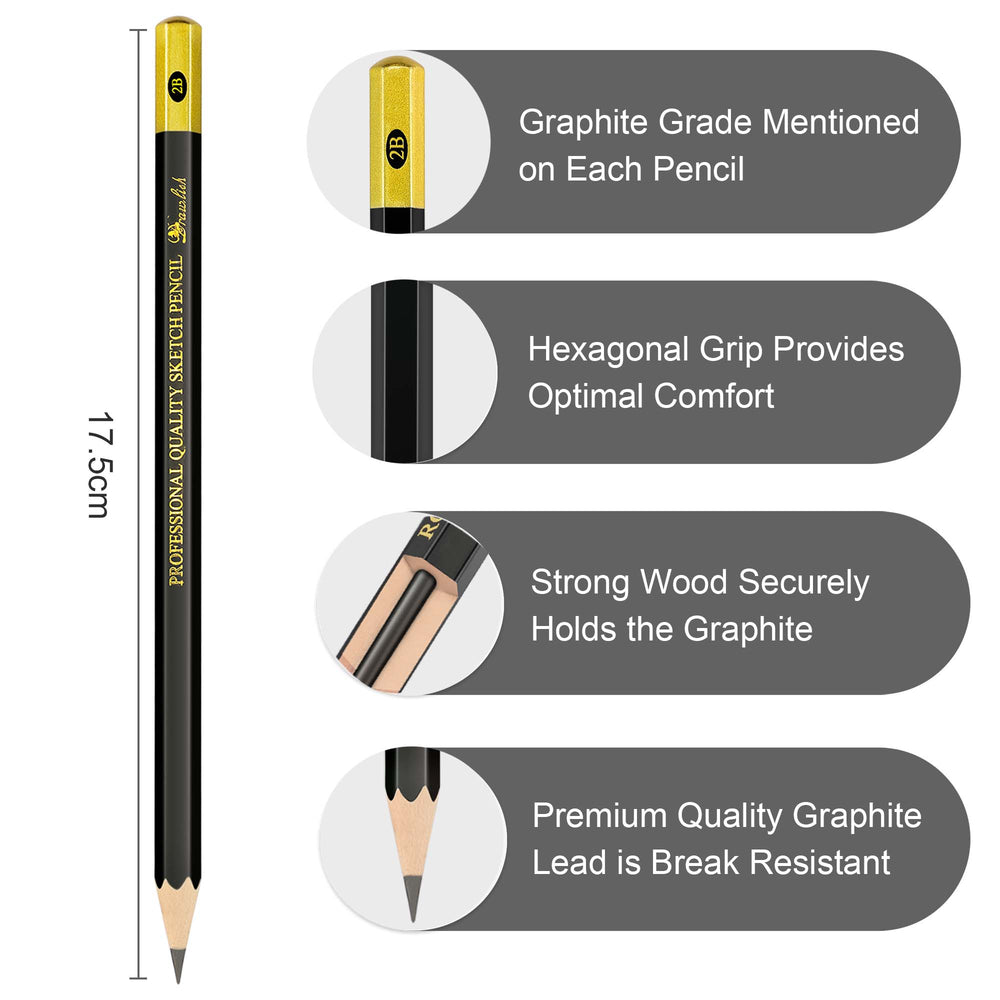How To Paint Cute And Soft Face With Acrylic Paint
Acrylic paint is a great choice for painting portraits, especially if you want to create a cute and soft face. Acrylic paint is easy to use, affordable, and versatile. You can mix different colors to create realistic skin tones, eyes, and hair. You can also use different brushes and techniques to achieve different effects, such as smooth blending or impressionist strokes. In this article, you will learn how to paint a cute and soft face with acrylic paint, step by step. You will need some basic supplies, such as paint colors, brushes, acrylic pens, water, and sketchbook. By following the instructions and tips in this article, you will be able to create a beautiful portrait that captures the personality and charm of your subject.
You will Need these Materials For This Painting
-
Sketching Book
Here is a step-by-step guide to create a painting of a girl with a cute and soft face
Let's dive into the world of creativity and capture the innocence and sweetness of a cute & soft face of a girl character. Unleash your artistic flair and breathe life into your masterpiece, exploring expressions and infusing personality into each stroke. Whether a seasoned artist or beginner, enjoy bringing the endearing essence of a cute face to vibrant fruition.
Step 1: Make A Sketch Of A Girl
Start by drawing with a drawlish pencils a rough outline of the face. Draw a circle for the head and add two lines to mark the center of the face. Sketch the nose and ears on either side of the center line. Draw the eyes in the upper half of the circle, making sure they are symmetrical. Add eyebrows and eyelashes to give the eyes more definition. Once you have the basic outline of the face, start adding more details. Draw the lips and chin, making sure they are proportionate to the rest of the face. Add some blush to the cheeks to give the face a rosy glow. Sketch the hair around the face, making sure it frames the face nicely. Add some strands of hair falling over the forehead and around the ears. Once you have the basic sketch of the face, refine it by adding more details. Add more definition to the eyes, nose, and lips. Make sure the eyebrows and eyelashes are well-defined. Add some shading to the face to give it more depth.

Step 2: Color the hair
After sketching the hair around the face, it is time to add some color to it. Use black acrylic paint to fill in the hair, making sure to cover the entire area. Use a small brush to paint the strands of hair falling over the forehead and around the ears. To create a perm style hairstyle, use a round brush to make small curls in the hair. Start from the roots and work your way to the ends, making sure to leave some space between the curls. Add some highlights to the hair by using a lighter shade of black or gray. This will make the hair look shiny and textured.
Step 3: Create Eyebrows, Eyelashes, and Eye

Step 4: Give color to the face
After creating the eyebrows, eyelashes, and one full eye, it is time to give color to the face. Use a medium-sized brush and a red drawlish acrylic paint to color the area below the eyes, like a makeup. Make sure to blend the paint well with the skin tone. Color both sides of the face, but on one side, give this look a little to the left eye that is not yet made. This will create a contrast and a sense of depth. Next, use a small brush and a light orange paint to color the upper area of the nose, making it look cute and soft. Then, use a thin brush and a red drawlish paint to create the lips. Make sure they are symmetrical and match the shape of the chin. Add a middle black line to the lips to make them look more realistic and close.
Step 5: Add shadows and details to the painting
After giving color to the face, it is time to add some shadows and details to the painting. Use a drawlish acrylic paint pen in black and give a shadow-like look to the hair and the overall head. This will create a contrast and a sense of depth. Add some touches to the face, such as some freckles or moles, to make it more realistic and unique. Then, use a drawlish acrylic paint in yellow and color the ears. This will add some brightness and fun to the painting. Finally, use a drawlish acrylic paint pen in black and create smiley faces emojis on the ears. This will add some personality and humor to the painting. You can choose any emoji you like, such as a wink, a laugh, or a heart.

Step 6: Add details and highlights to the hair
After adding shadows and emojis to the painting, it is time to add some details and highlights to the hair. Use a white drawlish acrylic paint pen and shake it for 10 seconds to activate the paint. Then, give dots like slashes to the hair to make it look nice and pretty. This will create a contrast and a sense of texture. Next, use a small brush and some yellow, red, and green paint to create a design on the upper area of the hair that is rounded in shape. You can choose any design you like, such as flowers, stars, or hearts. This will add some color and fun to the painting.

Step 7: Color the cloth
After adding details and highlights to the hair, it is time to color the cloth that the girl is wearing. Use a medium-sized brush and a drawlish red acrylic paint to color the cloth, making sure to cover the entire area. Use a black acrylic pen to give shadow lines to the cloth, making it look more realistic and three-dimensional. Next, use a thin brush and a yellow drawlish acrylic paint to write on the hoody the word “RAW”. Make sure the letters are big and bold. Use a black acrylic pen to give a black shadow to the word, making it stand out more. Add some rounded shapes to the word, such as cute or nice, to make it look more artistic and creative.

Step 8: Color the background

Step 9: Compare the ready art
Video Tutorial Of This Painting
Summary, painting cute and soft faces with acrylics is a fun and rewarding experience for artists of any skill level. By following the steps in this guide, you can create captivating and lively faces. The secret is to use the right colors, blend them well, and add details like eyebrows and eyelashes to make the expressions more cute. So, grab your brushes, unleash your imagination. Enjoy painting!









Leave a comment